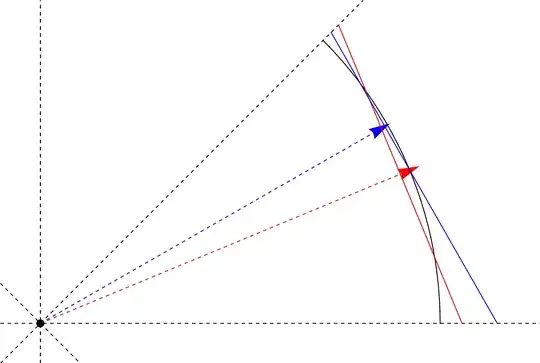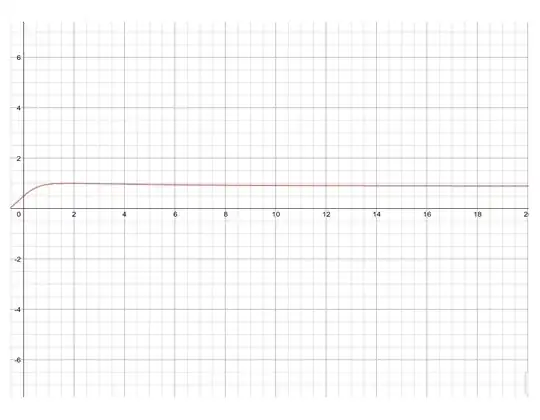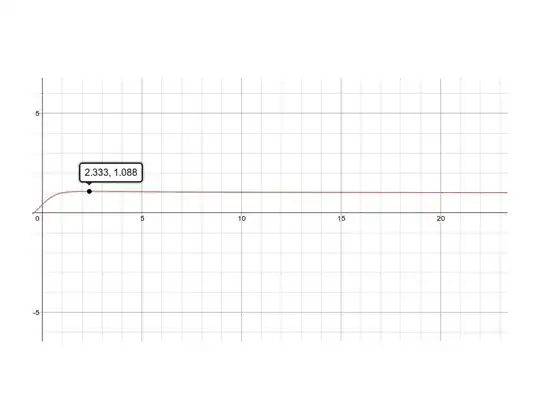How is 7/8*base + height/2 somewhat equivalent to sqrt(a^2 + b^2)
This is simply a linear approximation of the Euclidean distance function on one octant of the plane by measuring the length of a scaled projection to the vector
$$\binom{\frac{7}{8}}{\frac{1}{2}} .$$
This works because a circle doesn't look that different from a straight line when it's observed over a sufficiently small angle, such as a single octant.
The figure below tries to demonstrate this; the black arc is the unit circle inside the octant, blue line corresponds to points at the unit distance measured by this projection, and the dashed blue arrow is the vector above.

There are multiple criteria for these sort of approximations, but if we want to make the mean distance measure over all points in the octant match the Euclidean norm, the optimal vector is:
$$\frac{\pi}{8} \csc \left(\frac{\pi}{8}\right) \binom{\cos \left(\frac{\pi }{8}\right)}{\sin \left(\frac{\pi }{8}\right)} = \frac{\pi}{8} \binom{1+\sqrt{2}}{1}$$
... which corresponds with the red parts in the figure above. (Yes, I pulled this out of my Mathematica session.) These vectors are easier to compare as decimal approximations:
$$\binom{0.875}{0.5} vs. \binom{0.948059}{0.392699}$$
They're not that far off if you're using just multiplies of eighths and actually care about the situation also from the perspective of the length and the angle of the vector.
The "optimal" solution above also has a nice correspondence with a regular octagon overlapping the unit circle:

Here the red octagon corresponds to the above vector projection measure, extended over all octants. If maximum error of 5.2% and standard deviation of 2.3% over all points is fine by you, this is a sufficient replacement for the Euclidean norm.
Slightly different vectors result with differing criteria (although thanks to geometry, they all have the same direction). If one doesn't demand that mean measure over all points at a specific distance matches the Euclidean norm, there are multiple options. For instance, for the minimal maximum error measured in relative terms:
$$\frac{4}{2+\sqrt{2+\sqrt{2}}} \binom{\cos \left(\frac{\pi }{8}\right)}{\sin \left(\frac{\pi }{8}\right)} \approx \binom{0.960434}{0.397825}$$
One for the minimal maximum error measured by logarithm:
$$\sqrt[4]{4-2 \sqrt{2}} \binom{\cos \left(\frac{\pi }{8}\right)}{\sin \left(\frac{\pi }{8}\right)} \approx \binom{0.961187}{0.398136}$$
And one which minimises the standard error:
$$\frac{8 \sqrt{2-\sqrt{2}}}{2 \sqrt{2}+\pi } \binom{\cos \left(\frac{\pi }{8}\right)}{\sin \left(\frac{\pi }{8}\right)} \approx \binom{0.947544}{0.392485}$$
The benefit of the Indian approximation is the easy terms for manual calculation, but it's obviously worse in accuracy, especially the obvious 12.5% maximum error.




